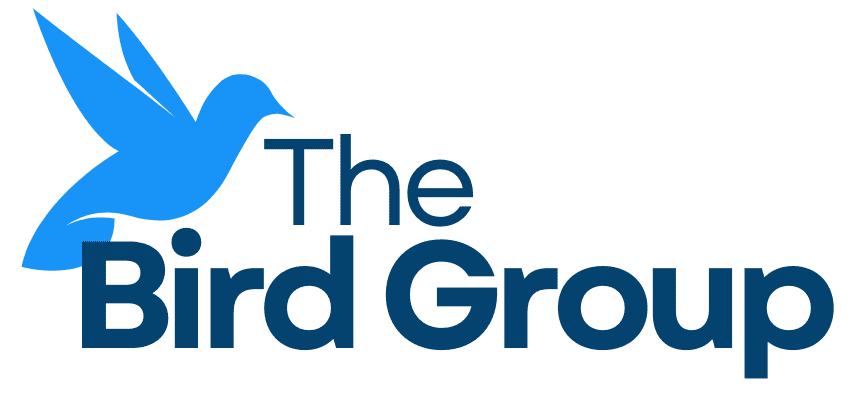Part One of this article highlighted the opportunities embedded in the Wealth business to generate coveted fee income and increase franchise value for your bank. The grim reality, though, is that many banks with a Wealth vertical found the business lacking in terms of overall contribution to the entire enterprise, either in profitability or in deposits. This part will tackle some of the underlying causes for the disappointments many CEOs have expressed with the business, and offer some thoughts on tactics to address them.
Wealth is a line of business steeped in traditions, many of which are considered inviolate. Key measurements focus on Assets Under Management (AUM), and the primary lines of business within Wealth are typically associated with leveraging fiduciary powers in traditional ways, as well as investment management for individuals and corporations.
It is essential to take a fresh look at the business in order to improve its performance. Specifically:
- Reexamine the metrics you are tracking (AUM vs. cash flows in and out, for example)
- Reexamine your compensation systems (even though you are told they are endemic to the business and cannot be changed without defections from your most valuable rain makers), with special emphasis on trailers
- Reexamine your staffing balance: rain makers and customer handlers vs. administrators, compliance and operations people
- Reexamine the skill sets necessary to reinvigorate the business, and where they are found (attorneys, professionals or sales people, for example) including the management of the business (must it be a Trust person or could it be, for example, a commercial banker)
- Reexamine your definition of the wealth business: are there additional ways to generate revenue and profits and build scale from your fiduciary powers? Also, what innovative ways can you think of to build further your competitive advantage relative to monoline RIAs and others who do not have your wide array of banking services in addition to the wealth component?
- Reexamine how you can mobilize the rest of the bank more effectively to help generate profitable leads for the Wealth business and vice versa
While the points above all relate to internal change of perspective, the first point-of-departure is, as always, the customer. Today, most customer information comes from your wealth advisors. It is their view that drives current and future client experience. Many of your conduct client interviews, focus groups, exit interviews and client surveys. Those are typically secondary to the clients’ views through the advisors’ eyes. It is important to gather client data outside of your service team in order to validate their perspectives as well as develop new ways to generate client relationships.
Your client and prospect discovery process should always start with the advisor who owns the relationship and is appropriate protective of it. This includes their permission to reach out to the client for feedback. In depth client interviews beyond the advisor can help generate open exchange and free feedback. This is especially valuable when it comes to technology investment, where you can find out more about specific client preferences.
Others, such as JD Power, have done extensive surveys that could serve as a good proxy for your own client and prospect preferences, particularly when geographically segmented. Interestingly, the use of technology has become ubiquitous among Wealth clients, even the boomers. They use both the website and the mobile app extensively. As we all know, channel preferences do vary widely with age, although, as mentioned all age groups do use digital communication means. Predictably, the younger the customer, the greater their interest in digitally enabled relationships.
Fortunately for us, most clients and prospects in the Wealth space are ultimately human-bound. Digital is an important element of their relationship expectation, but not a driver of their preferences. Segment your customers, and, more importantly, your prospects, by age, to better understand their digital tool essentials, priorities and needs, and invest accordingly.
Preliminary market analysis work and prospect data will increase your business development and client acquisition effectiveness. The greatest impact on the success of the effort, however, is your people. Most of us expect our wealth advisors and client hand-holders to develop additional business even if they are ill-suited for that work. The commercial banking business has figured that out and separated their RMs into PMs who do more handholding and relationship development with existing clients, and RMs who are expected to acquire new households in addition to servicing their client book. It’s an effective model that works better than putting a round peg in a square hole. Consider adopting the commercial model in the wealth space, as well as adding wealth advisors who might not be as technically competent as some of your best technicians but are excellent in building relationships and business with appropriate prospects. This is an example of bullet #4.
An example of bullet #2 include evaluating the relevance of trailers going forward; allowing the full first year fees to be distributed as sales incentives to the people who brought the business in (since retention in the wealth business hovers around 95% that’s a small price to pay for years of on-going income); offering referrals that turn into business 15% or even 20% of first year fees; and building a private banking unit as a feeder to the wealth business.
Applying the six bullets above to your approach to wealth management will help you revitalize the business and increase its contribution margin.
